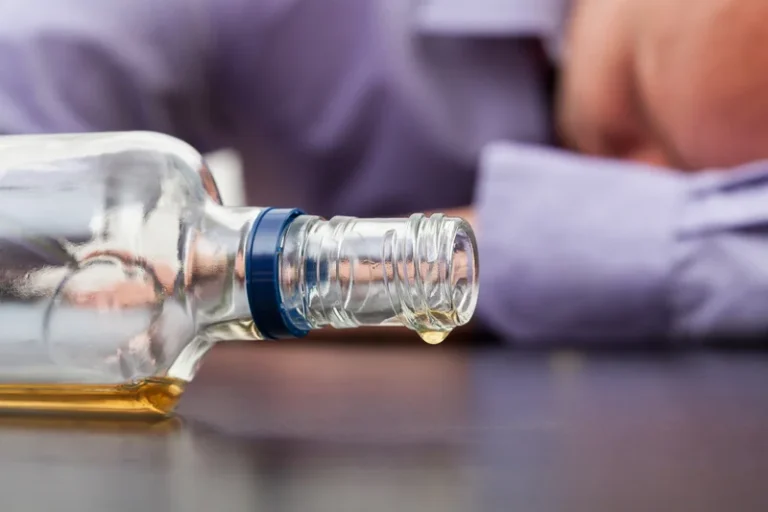
During inpatient therapy, patients may attend multiple cognitive behavioral group sessions per week. Outpatient treatment may begin with individual sessions and end with group sessions. People addicted to the drug should attend inpatient treatment, which requires them to live at the rehab facility throughout treatment. As result, a large portion of the American public believes weed is harmless.
- Thus, patients will sleep, eat, and undergo all therapies and treatment programs while living at the facility.
- In 2012, the THC concentration in marijuana samples confiscated by law enforcement averaged near 15 percent, compared with an average concentration of four percent in the 1980s.
- Several reviews describe the effectiveness of this approach in a range of populations 8,83–85.
- Individuals, who smoke weed regularly, may develop significant cannabis dependence.
Addiction treatment services
- As you continue using the substance, your brain gets used to it and needs higher doses of the drug to feel the same high.
- Addiction treatments were once restricted to in-person meetings, but they can now happen anytime and anywhere with a reliable internet connection.
- Although your treatment program should assist you or your loved one in developing a relapse prevention plan, aftercare will help support this plan.
- It helps teach various coping strategies and how to correct any problematic behaviors to enhance self-control, stop substance use, and address several other problems that commonly occur with substance use disorders.
- Treatment can take place across different settings but is often provided through outpatient behavioral treatment or residential (inpatient) treatment.
- Treatment of CUD typically occurs in the outpatient setting; however, residential or inpatient treatment may be required for more complex cases.
Even though you may not be able to prevent marijuana abuse and addiction, there are things you can do to reduce the risk. At this time, several THC-based drugs have been approved by the FDA to treat pain and nausea. And scientists continue to investigate the medicinal properties of other chemicals found in the cannabis plant, such as cannabidiol, a non-psychoactive compound being studied for its effectiveness in treating pain, pediatric epilepsy and other conditions. Our state-specific resource guides offer a comprehensive overview of drug and alcohol addiction treatment options available in your area. Scientific research should always drive best practices in public health.
Marijuana Withdrawal & Detox

You can also speak with the person you love, whose marijuana use has become problematic, to let them know you’re concerned for them and their substance use. Last, you can help this person seek proper treatment options or research treatment options for them. At DYC, we work to help dependent adolescents and young adults create positive change in their lives through a comprehensive system of care. We present an evidence-based program https://ecosoberhouse.com/ model that brings about transformational successes through commitment, motivation and compassion in a participatory, safe, family environment.
The comparative effectiveness of medicinal cannabis for chronic pain versus prescription medication treatment

Many is weed addictive people who develop a marijuana habit are able to quit without entering a full-scale treatment center since the substance is not as harsh on the brain and body as other, “harder” drugs. However, for those in an environment that makes it seemingly impossible to stop using marijuana, an inpatient treatment center may help cut out proximity to non-ideal settings and circumstances or daily triggers. Contingency management has also shown promising results as a treatment for marijuana addiction, according to the National Institute on Drug Abuse. It can be incorporated into a treatment plan that includes other types of therapy.
The project will include a program to test the composition and potency of cannabis products used and will integrate registry data with other data sources. Kennedy has said that at his rehabilitation farms, addicts would grow organic crops, receive training in trade skills, and learn other ways to live in society without using illicit drugs. This will form the most comprehensive review of gold-standard evidence for medicinal cannabinoids as a treatment for MH and SUD. Findings will be synthesised to provide a standard metric for the efficacy and safety of cannabinoids as a treatment for MH and SUD, while study limitations will be identified for future research to overcome. This review is particularly timely given the increasing access to cannabis for medicinal purposes globally. The cannabis plant is made up of over 150 exogenous cannabinoids, which when consumed, interact with the human endocannabinoid system 10.
What are the Risks of Marijuana Addiction?
However, despite the popular belief that it’s impossible to become addicted to marijuana,marijuana addictionis real. Many longtime users of the drug who started using marijuana during adolescence areespecially vulnerableto its negative effects. In these cases and many others, developing an addiction is a real possibility. Recovery from marijuana addiction is not something that you should try to tackle all on your own. In addition to seeking professional treatment, it is a good idea to have a support network of people who can help you through hard times and celebrate Alcohol Use Disorder your successes with you. This support network can be made up of family and friends, fellow patients you meet in treatment, people you interact with at 12-step meetings, and even online support groups and forums.

